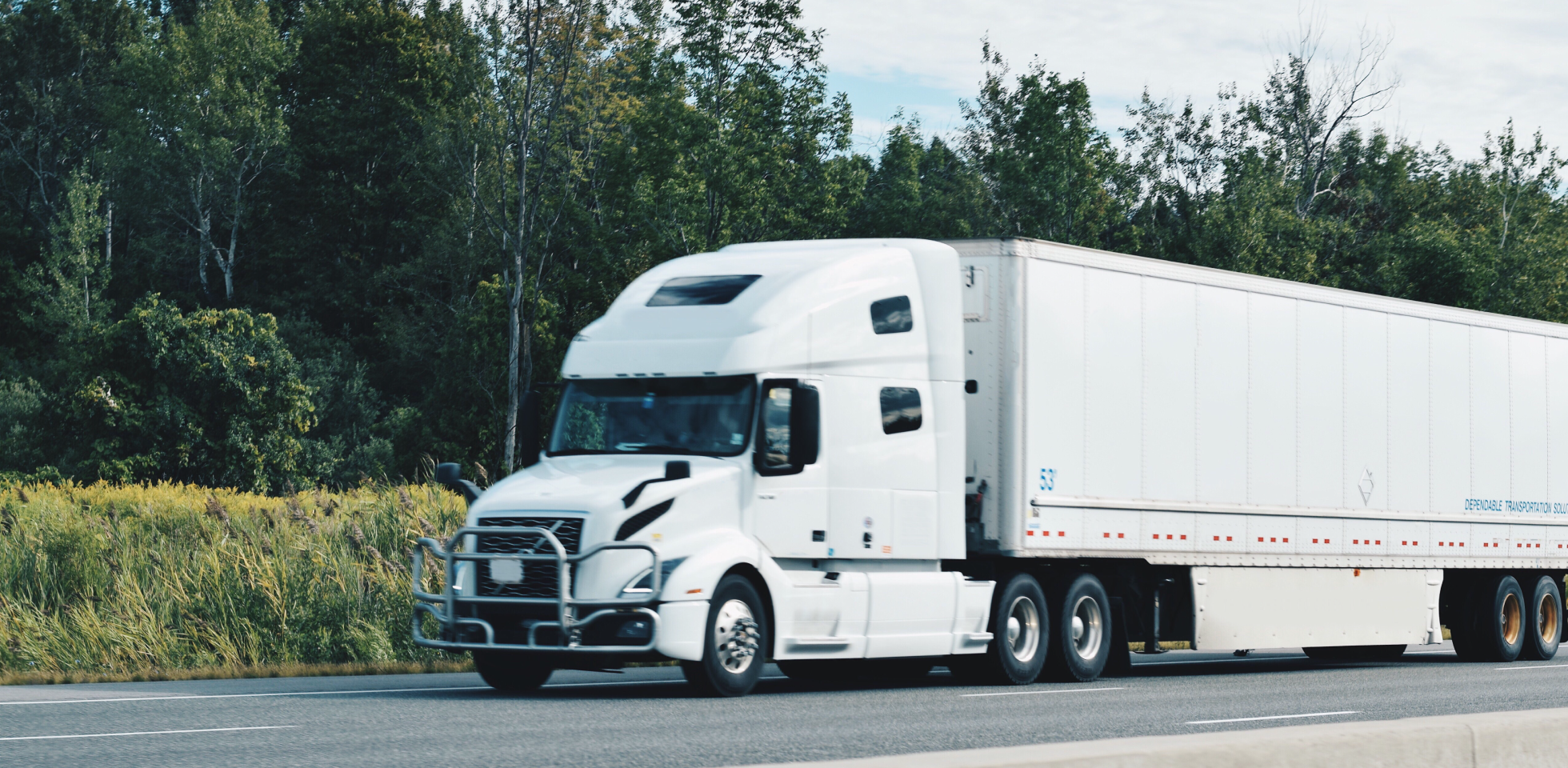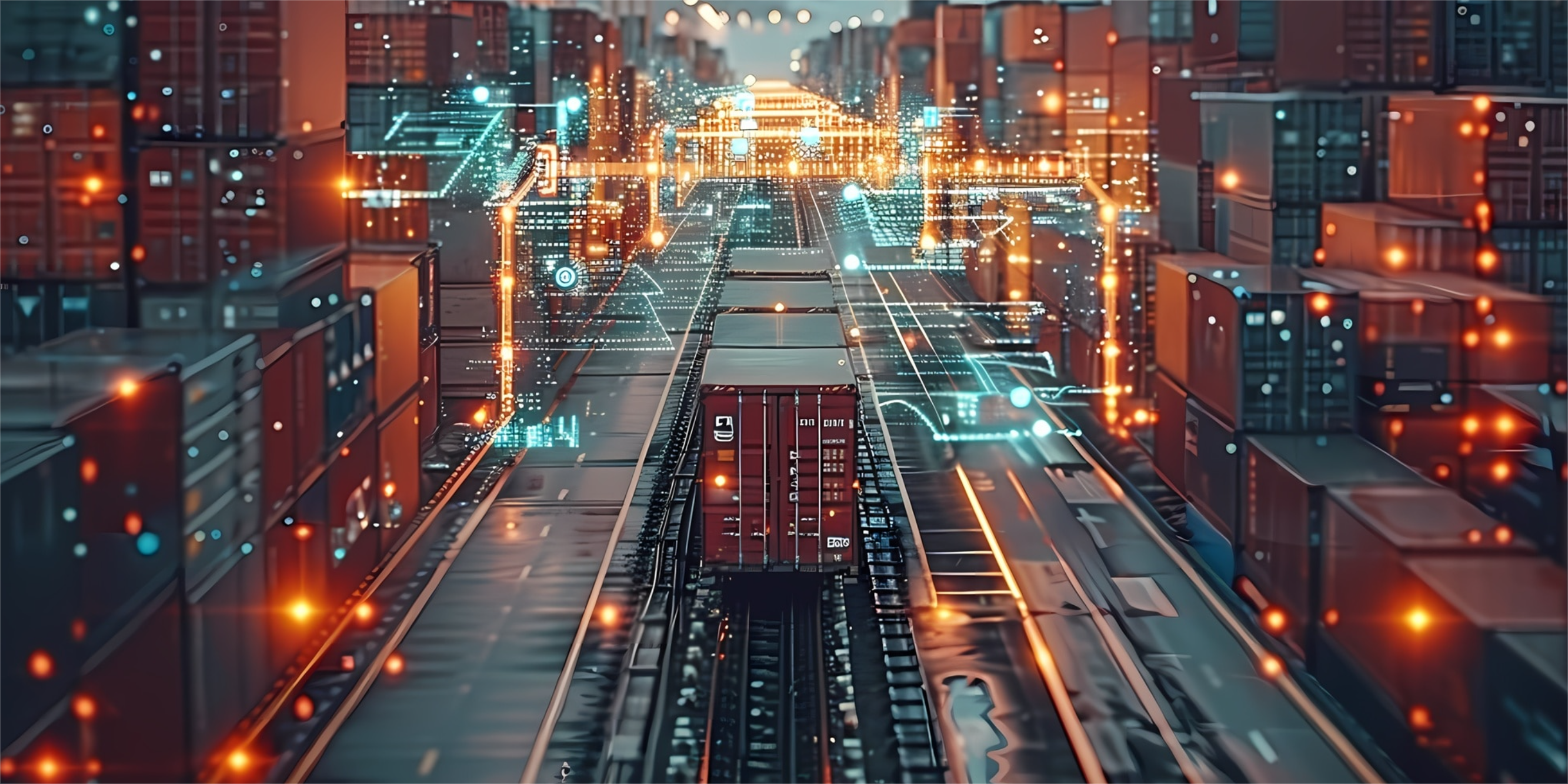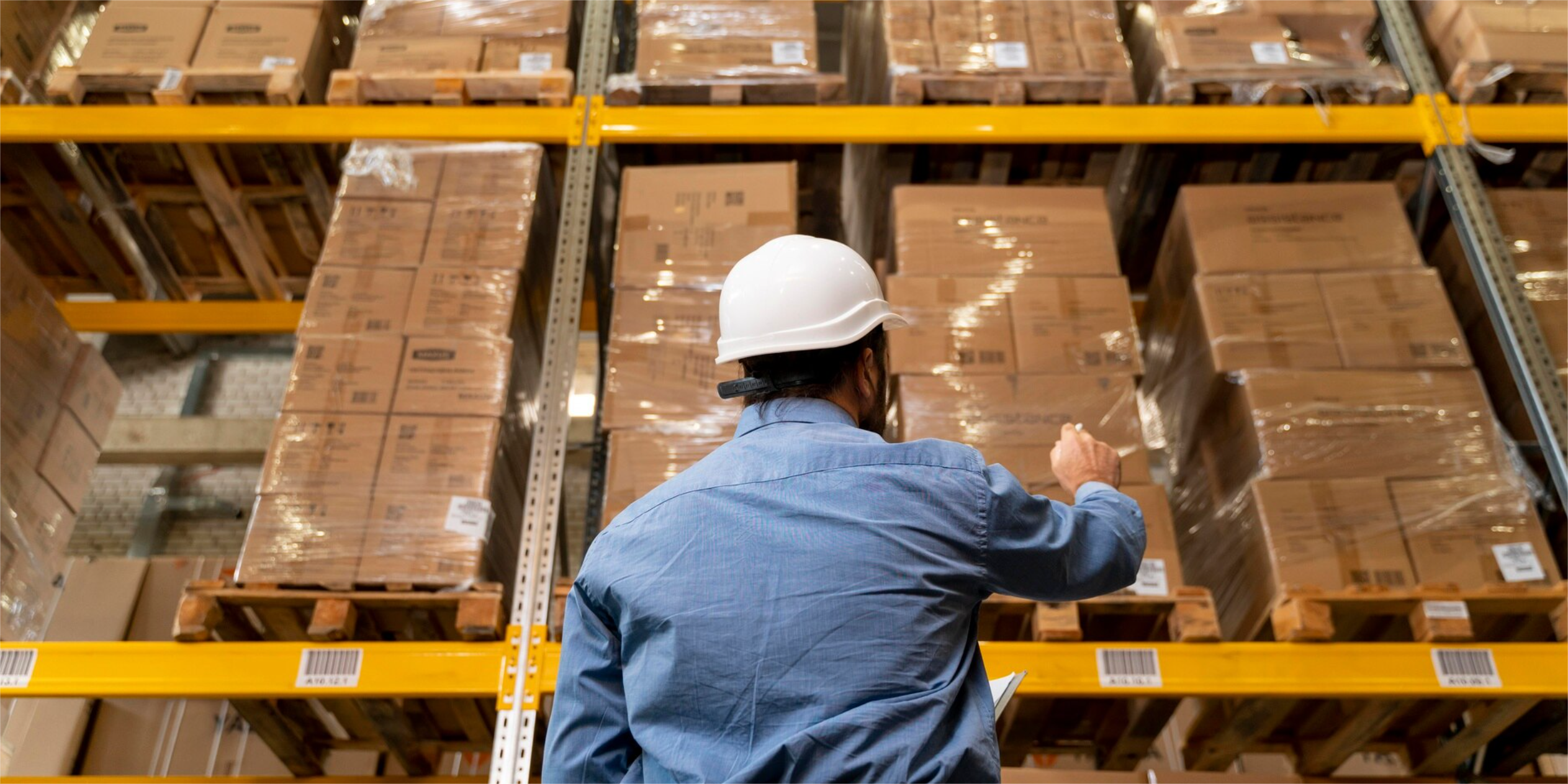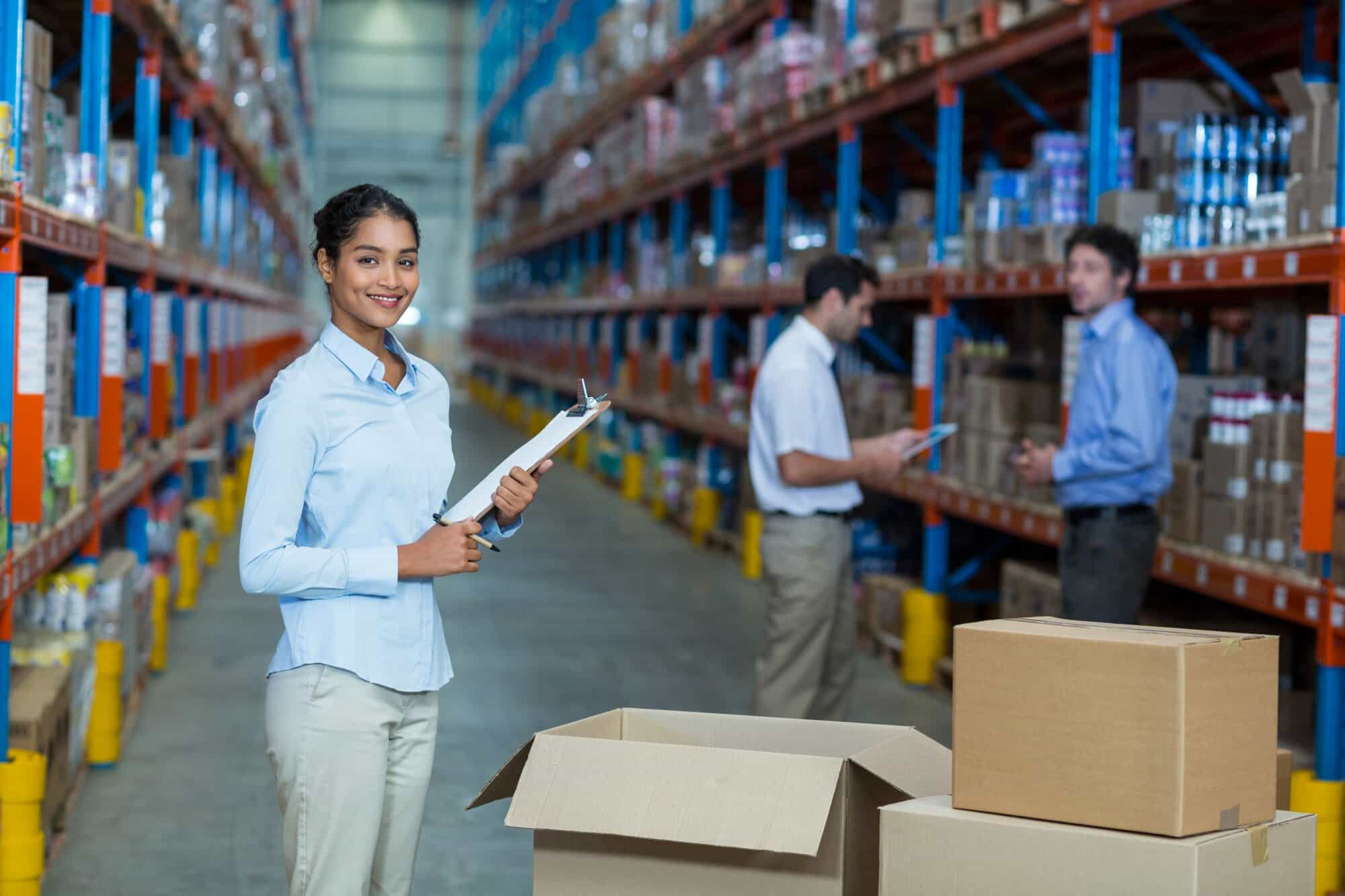Technological advances and constant innovation in all areas also set the trends of the logistics industry, which translate into great challenges.
Technology helps expedite processes and optimize costs, but it also poses challenges regarding how well current systems adapt to new business opportunities and new demands of clients.
Logistics in e-commerce as a starting point
The fact that online stores have eliminated physical borders, forces our storage and distribution systems to be more complex and able to process customs procedures quickly.
In this sense, the very same technologies that began this revolution in consumption, are also offering the solutions needed by companies tasked with transporting and delivering goods to end consumers.
Innovation that improves efficiency
The following are some of the innovations that result from applying technology to logistics systems:
- Warehouse automation: many warehouses at distribution centers already use robots to gather and place loads; for example, self-driving wheelbarrows to stack goods, or robotic picking to choose materials from a packaged unit. The largest corporations are using computerized systems to monitor products while they stay in the warehouse, looking to decrease human error, lower operational costs, and even decrease the dependency on manual labor. Having this kind of automation will also let logistics companies deliver and operate faster, work with more accuracy and efficiency, use space better, and have less accidents.
- Smart trucks. Through the years, the adoption of electric and autonomous units has grown. This trend seems to be gaining strength for the future. There already are companies analyzing investing in them to expedite processes and lower operational costs.
This technology ranges from warehouse forklifts to delivery drones and automated trucks for final delivery; they improve productivity and safety and lighten the physical burden of employees.
- Big data management in logistics. The vast amount of information gleaned from managing and supervising a fleet, results in useful performance data for reports leading to an informed decision making when optimizing routes, lowering fuel use, expediting delivery times, and improving customer service. Knowing how to process and analyze this data is a great asset for logistics companies, allowing continuous improvement and innovation in their processes.
- Last-mile technologies. A company’s service level, for clients, is represented by its last-mile efforts, the final stage of distribution. Accordingly, companies invest large amounts of money in this stage.
Technological innovations for this stage are becoming apparent in solutions such as Smart Booths, where people can pick up or return parcels, thus, decreasing the absence rate for deliveries. Another example are GPS systems used for real-time tracking that let clients know the status of their orders in every stage of the delivery process.
- Better customer service. The logistics process is greatly responsible for a product’s success and acceptance in the market, and end consumers are the ones assessing the quality of the whole logistics system; in other words, end consumers have the last word when it comes to deciding if the company is worthy of their trust. By using social media platforms in real time, we can be aware of their comments and feedback related to the final stage of the supply chain; and we can use these comments to offer alternatives for our service such as special delivery needs or delivery deadlines, to name a few.
- Blockchain. This brand-new technology is being embraced by major corporations; taking advantage of its benefits for our operations is, more than a trend, a priority for the logistics sector.
This technology shares encrypted information regarding the relationship between products, suppliers and clients.
Among its features, it controls the products’ amount and transactions as they go through the supply chain, it sorts the purchase orders, automatically updates and notifies any changes to the original orders and the impact these changes may have on the payment schedule and terms and validates the certifications of materials and products.
This technology has revolutionized the logistics sector by providing transparency and safety, thus improving communication and loyalty between clients and suppliers.
- Widespread use of the Internet of Things, IoT. Beyond e-labeling and GPS systems, the connectivity of systems and mobile devices allows the monitoring of parcels in real time so we can improve the efficiency of the whole supply chain, resulting in what is commonly known as Smart Logistics.
Customer satisfaction is our challenge
The challenges of the logistics sector have multiplied with the empowerment consumers have found in social media and e-commerce.
Nevertheless, the adoption of technological innovations based on data analysis and artificial intelligence has resulted in a new transformational logistics, which goal is to improve customer satisfaction.
With the growing exigence of customers to have their online purchases delivered as soon as possible in good conditions, logistics companies should implement automated systems to expedite their storage and distribution processes so they can optimize delivery routes, expedite imports procedures, and lower the operation’s costs.
If all these technologies are embraced, the logistics and transport industry will shorten the digital gap (analyzing the supply chain’s obsolete processes) and create new roles and responsibilities to face the changes in the consumer market.
This is about rethinking the business model so we can get better profit margins.
Overcoming these challenges will also bring huge benefits for the productivity and competitiveness of both the manufacturing and distribution companies, and for the suppliers of logistics services.
These smart solutions, and many others, will become more accessible for logistics companies in time, however, implementing them demands companies to have an open mind and be adaptable so they can make major changes in order to keep growing.






